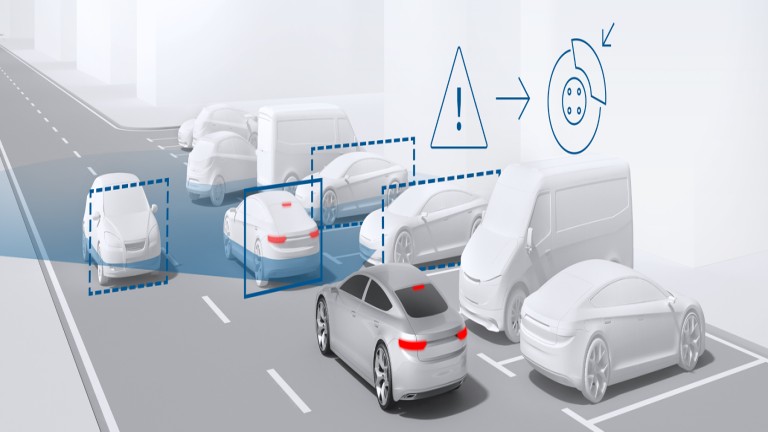When AAA put four vehicles with AEB to the test, they discovered that Automatic Emergency Braking was ineffective at slow to moderate speeds, where most collisions occur.
According to new research from the American Automobile Association (AAA), automatic emergency braking (AEB) does a decent job of averting low-speed rear-end collisions but performs poorly when vehicles are moving at more typical rates (AAA).
Automatic Emergency Braking (AEB) is a safety feature that will be mandated in all new cars sold in the United States beginning in September 2022. According to research conducted by the Insurance Institute for Highway Safety, AEB has the potential to avoid 28,000 accidents and 12,000 injuries by the year 2025.
To assess how far automated emergency braking (AEB) has come since its introduction to production vehicles nearly 20 years ago, AAA decided to put it to the test in four widely used automobiles. Their findings weren’t all that exciting.
According to Greg Brannon, director of AAA’s automotive engineering and industry relations, “Automatic Emergency Braking succeeds effectively at handling the restricted task it was supposed to do.” Regulators’ requirements for low-speed collisions haven’t changed since the original plan was made, sadly.
The crew chose to put four vehicles through their paces, all of which had driver-assist technologies like AEB: a 2022 Chevrolet Equinox LT, a 2022 Ford Explorer XLT, a 2022 Honda CR-V Touring, and a 2022 Toyota RAV4 LE.
Although AEB has been shown to be effective in minimizing low-speed rear-end collisions, AAA sought to test its effectiveness in two more common and lethal crash scenarios: T-bones and left turns in front of oncoming vehicles. These two categories of accidents accounted for roughly 40% of all fatalities in crashes between two passenger vehicles in which the impacting vehicle did not lose traction or exit the roadway between 2016 and 2020.
The findings were disheartening, to say the least. However, in both the T-bone and left turn in front of approaching vehicle tests conducted by AAA, AEB was unable to avert all of the simulated collisions. The system did not warn the driver or reduce the speed of the car.
As long as the speed of the crash was modest, AEB performed somewhat better than conventional brakes in rear-end collision testing. With the system in place, eighty-five percent of potential collisions at 30 mph were avoided. Tests that ended in collisions saw an 86% reduction in impact velocity. When traveling at 40 mph, however, AEB was only able to avoid six of twenty rear-end crashes (30%). Results from tests involving collisions showed a 62% reduction in impact velocity.
It’s not the first time AAA has pointed out the flaws in autonomous vehicle technologies like automatic braking. The group’s 2019 study indicated that AEB was not very effective at preventing autos from running over dummy people at speeds of 20mph.
There’s no doubt that car companies with an aim of reducing road deaths will take notice of this research. Meanwhile, authorities are putting pressure on the vehicle industry to improve safety features and raise awareness of the dangers of driving recklessly.






Leave a Reply